India Boosts Fertiliser Imports From Canada, Israel as Russian Supply Disrupted
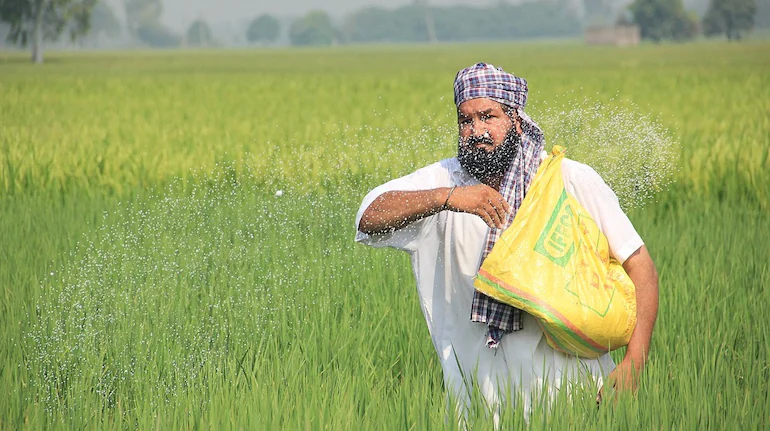
India Boosts Fertiliser Imports From Canada, Israel as Russian Supply Disrupted
Fertilisers are chemical chemicals that are applied to crops to boost their yield. Farmers utilise these daily to increase crop productivity. The fertilisers include nitrogen, potassium, and phosphorus, all vital minerals for plants. They improve the soil’s water retention capacity while also increasing its fertility.
Fertilisers come in a variety of forms.
The following are different types of fertilisers to consider:
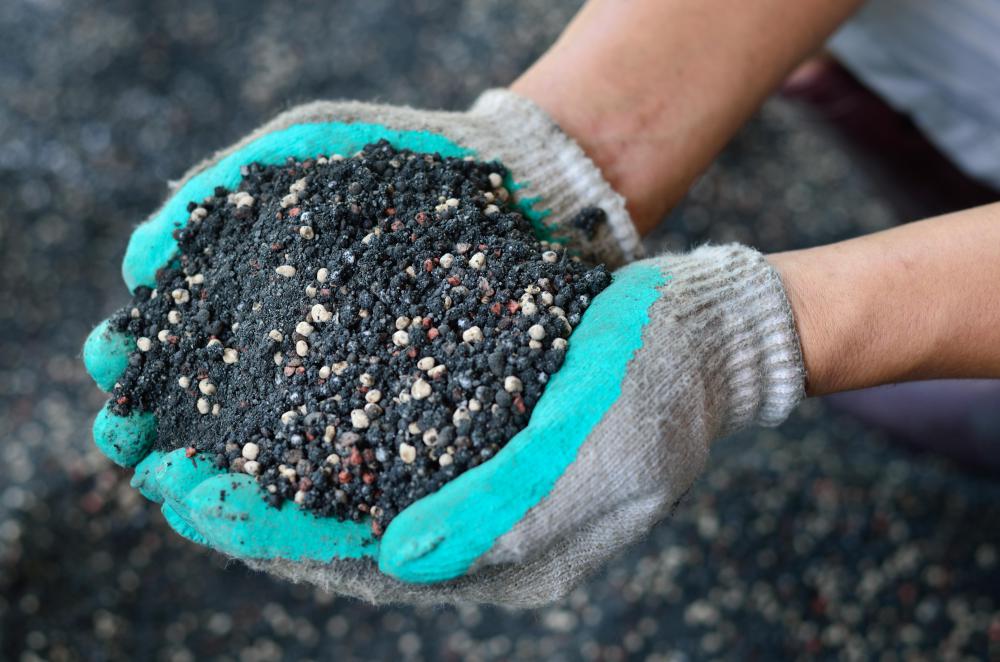
1. Inorganic Fertilisers
Chemical fertilisers containing nutritional elements for crop growth generated by chemical processes are known as inorganic fertilisers. The types of inorganic fertilisers are as follows
2. Nitrogen Fertilisers
Nitrogen fertilisers contain nitrogen, which is crucial for crop development. Nitrogen is the main component of chlorophyll, which helps to keep the photosynthetic process in check. It is found in plants as part of the amino acids that make up protein. Nitrogen fertilisers improve agricultural product production and quality.
3. Phosphorus Fertilizer
Phosphorus is an essential nutrient in phosphorus fertilisers. Fertiliser efficiency is determined by effective phosphorus concentration, fertilisation methods, soil conditions, and crop strains. Phosphorus, which is contained in the cell’s protoplasm, is vital for cell growth and proliferation. The use of phosphorus fertiliser is favourable to the growth of plant roots.
4. Organic Fertilisers
Natural fertilisers derived from plants and animals are called organic fertilisers. It adds carbonic chemicals to the soil, necessary for plant growth. Organic fertilisers boost the soil’s organic matter content, promote microorganism growth, and alter the soil’s physical and chemical qualities. It is one of the most important nutrients in green foods.
Organic fertilisers can be obtained from the following products:
- Agricultural Waste
- Livestock Manure
- Industrial Waste
- Municipal Sludge
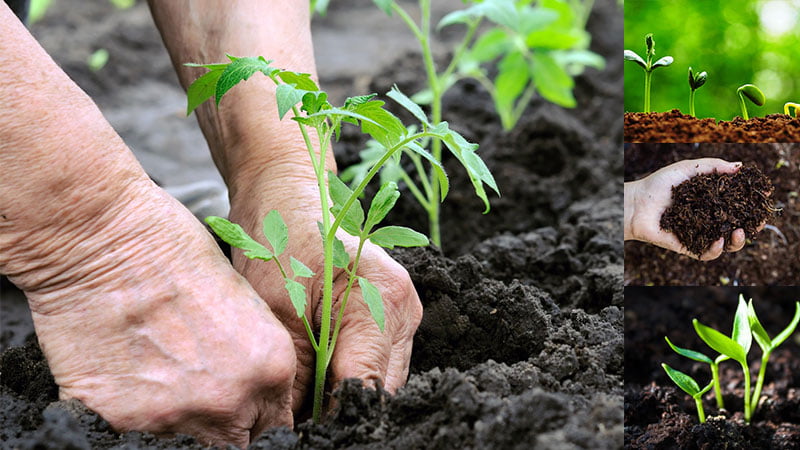
Advantages of Fertilisers
- They’re simple to carry, store and apply.
- Due to its nutrient specific nature, we can choose a particular fertiliser to feed a particular nutrient.
- They are readily soluble in water and can be dissolved in soil. As a result, the plants may easily absorb them.
- They have an immediate impact on the crops.
- They boost crop yields and ensure that enough food is available to feed the growing population.
- They are consistent and dependable.
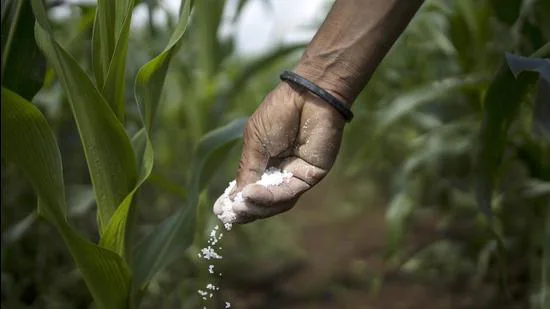
Fertilisers Have Drawbacks
- They’re not cheap.
- The fertiliser chemicals are harmful to the skin and respiratory system.
- Excessive fertiliser use harms plants and depletes soil fertility.
- As a result of leaching, fertilisers end up in rivers, creating eutrophication.
- As a result of leaching, fertilisers end up in rivers, creating eutrophication.
- Long-term use lowers microbial activity and causes soil pH to fluctuate.
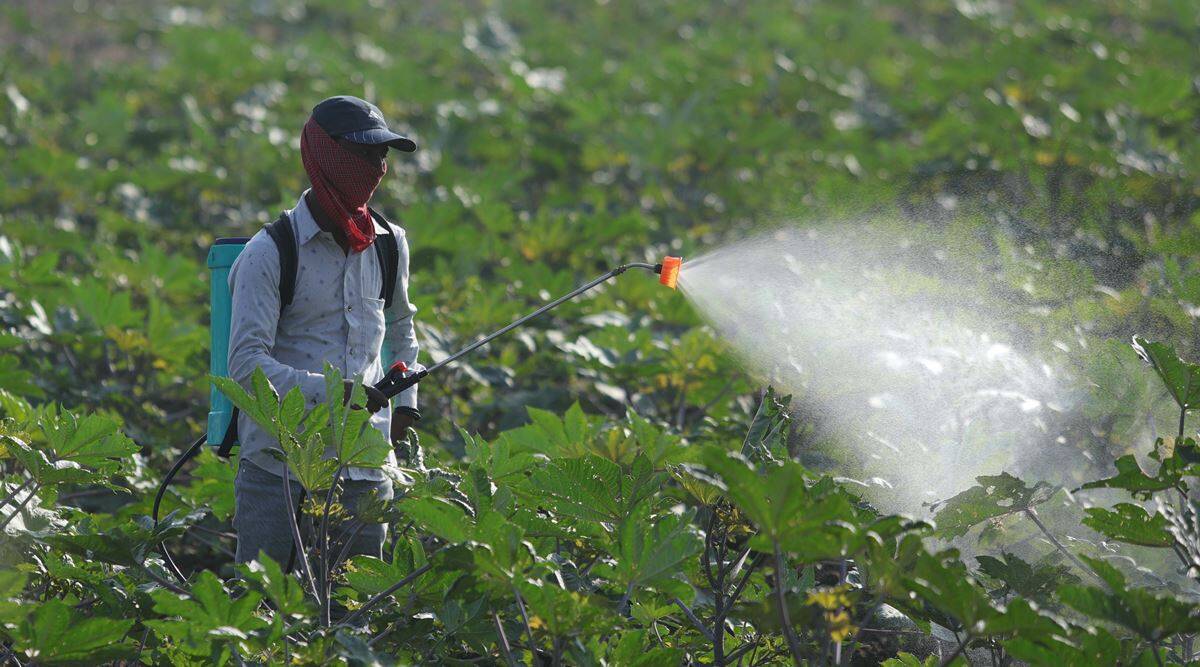
Uses of Fertilisers
Fertilisers serve a variety of purposes. The following are examples of fertiliser applications:
- Fertilisers are accustomed to supplementing the plants’ nutritional requirements.
Fertilisers are used to increase crop yields. - For the greening of lawns, nitrogen-rich fertilisers are utilised.
- Organic fertilisers help to increase the soil’s texture and fertility.
- Gardeners employ fertilisers to fulfil specific plant demands, like nutritional requirements.
- Fertilisers are used to replenish the nutrients lost by potted plants.
Fertilisers’ Importance
Meeting the aspirations of an ever-increasing population is difficult with so few resources. Loss of soil fertility, pests, and nutrient shortages have all contributed to reducing agricultural production. Fertilisers have become even more important in agriculture as a result of this.
Fertilisers can be beneficial to plants in a variety of ways:
- Fertilisers make plants more resistant to pests. As a result, they use fewer insecticides and herbicides, resulting in healthier crops. As a result, illnesses have decreased, giving the crops a more attractive appearance.
- Fertilisers boost root depth and increase the capacity of plants to store water.
- The potassium concentration of fertilisers helps strengthen the plant’s straws and stalks.
- The phosphorus in fertilisers aids in the rapid development of roots and the generation of seeds in plants.
- The presence of nitrogen in fertilisers promotes plant growth, as seen by the green colour of the plants.
- Because chemical fertilisers harm soil fertility, bio fertilisers have been introduced. These are compounds containing living or dormant cells and microbes. Fertilisers furnish the soil with the nutrients and microorganisms required for plant growth.
- They aid in the preservation of the soil’s fertility. They are non-toxic to the environment and remove pathogenic components that cause disease in plants. Acetobacter and Rhizobium are two bio fertilisers that are commonly utilised.
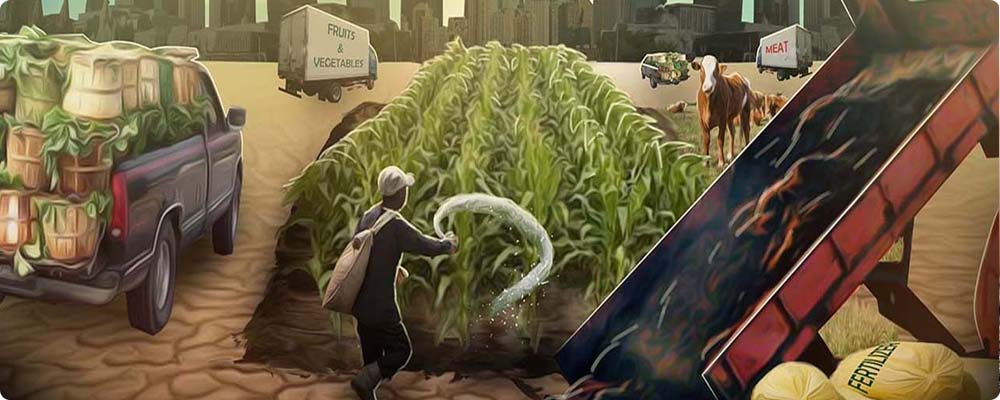
Fertilizer Industry in India
Market Overview
The Indian fertiliser market is expected to grow at a CAGR of 11.9 per cent during the forecast period (2021-2026).
The effect of the global coronavirus epidemic on the Indian fertiliser market is minimal because this sector exempted from lockdown restrictions by the national government. Due to the lockdown, however, the industry experienced workforce and raw material shortages. During the lockdown, the Indian government took steps to guarantee that fertilisers were available to farmers, which resulted in increased fertiliser sales.
India is the world’s second-largest fertiliser consumer, consuming more than 55.0 million metric tonnes per year. Among the different types of fertilisers used in India, urea, a nitrogen source, is one of the most widely used. As of March 2018, the country’s urea consumption was 29.0 million metric tonnes. DAP is the country’s second most often used fertiliser.
According to the Department of Fertilizers, total urea and DAP output in India was 20.7 million metric tonnes and 14.6 million metric tonnes in 2017, respectively, up 1.36 per cent from 2016.
Scope of the Report
A fertiliser, according to the International Fertilizer Association, is “any solid, liquid, or gaseous substance that contains one or more plant nutrients in a known amount and is applied to soil, directly on plants, or added to aqueous solutions to maintain soil fertility, improve crop development, yield, and/or crop quality.”
The Indian fertiliser market is divided into two categories:
- Nitrogenous and phosphatic fertilisers.
- A complex, secondary nutrient.
- Micronutrient fertilisers (grains and cereals, pulses and oilseeds, commercial crops, fruits and vegetables, and other applications).
Key Market Trends
Increasing Agricultural Production
According to the Department of Agriculture, Cooperation, and Farmers Welfare, agricultural production in the country has increased despite the shrinking area under cultivation. Rice output climbed from 112.5 million metric tonnes in 2018 to 116.5 million metric tonnes in 2019, while wheat output increased from 99.9 million metric tonnes in 2018 to 103.6 million metric tonnes in 2019.
Various initiatives of the Indian government are being undertaken under the National Food Security Mission (NFSM) to boost the production and productivity of pulses in the country, like the pulses initiative, which provides subsidies for high-quality seeds produced, cluster frontline demonstrations through KVKs, and so on.
Increase in the production of DAP and Complex Fertilisers
Urea is the most widely used fertiliser in India, followed by DAP. According to the Department of Fertilizers of India, the output of DAP and complex fertilisers in India is growing. In 2019, DAP production totalled 3.9 million metric tonnes, while complex fertiliser production totalled 9.0 million metric tonnes. The rise in output resulted in a 26.0 per cent decrease in DAP imports in 2019. Between 2017 and 2018, as worldwide costs for phosphate raw materials fell, DAP output soared. This is the production of DAP in the country, owing to the higher demand for fertilisers.
Competitive Landscape
Coromandel International Limited, Indian Farmers Fertilizer Cooperative, Fertilisers and Chemicals Travancore (FACT), Deepak Fertilizers Limited, and Chambal Fertilizers Limited are only a few of the prominent participants in the Indian fertiliser business. The market is fragmented, with a mix of government-owned and cooperatives capturing a large portion of the straight and complicated fertiliser market and private enterprises pursuing non-subsidy opportunities through product innovation.
Major Players:
- Coromandel International Ltd
- National Fertilizers ltd
- Chambal Fertilisers & Chemicals Ltd
- National Chemical & Fertilizers Ltd
- Nagarujuna fertilisers and Chemicals Ltd
Recent Developments
Coromandel International and Agrinos announced a strategic relationship in February 2019. Coromandel will be able to expand its product portfolio of complete pant nutrition solutions, organic fertilisers, and speciality nutrients due to the partnership. Under the brand name ARITHRI, Coromandel will offer growers high-tech inputs in collaboration with Agrinos.
Coromandel International’s phosphatic fertiliser factory in Andhra Pradesh was enlarged in July 2017. Phosphoric acid output was increased from 700 to 1000 tonnes per day as a result of the expansion.
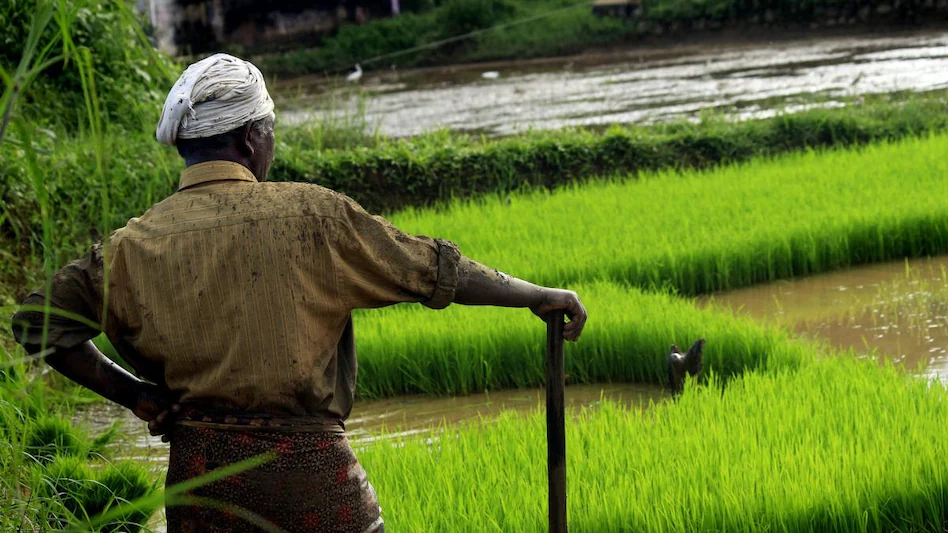
India Boosts Fertiliser Imports From Canada, Israel as Russian Supply Disrupted
Following the disruption of shipments caused by Russia’s invasion of Ukraine, India is increasing fertiliser imports from countries like Canada and Israel to secure sufficient supply for the upcoming summer sowing season.
India is a major importer of fertilisers for its massive agriculture industry, which employs roughly 60% of the workforce and contributes 15% of the country’s $2.7 trillion economy.
“This time, we’ve planned for the Kharif (summer seeded crop) season. Mansukh Mandaviya, the minister of fertilisers, told Reuters, “We need roughly 30 million tonnes of fertilisers, and arrangements are in place.”
According to him, India will have enough opening stock for the summer season, accounting for roughly a quarter of the total amount of fertilisers necessary.
Indian farmers commonly begin planting rice, cotton, and soybean crops in June, when the monsoon rains arrive.
India imports around a third of its annual potash use of 4 million to 5 million tonnes, with Belarus and Russia providing the other third. Belarus exports through Russian and Lithuanian ports because it is a landlocked country.
Maritime channels have been closed due to Russia’s invasion of Ukraine, and western sanctions on Moscow, which has called its actions in Ukraine a “special military operation,” have made business with Russian and Belarusian companies impossible.
Indian Potash Ltd’s (IPL) imports from Canada, Israel, and Jordan have increased.
It will purchase 1.2 million tonnes of Potash from Canada, 600,000 tonnes from Israel, and 300,000 tonnes from Jordan in 2022 to replace the current supply from Russia and Belarus, according to several reports.
According to a senior industry executive who declined to be identified, IPL is working to ensure that “a big quantity of cargoes” arrive before June to avoid shortages during the planting season.
India was on the approach of finalising a three-year fertiliser supply arrangement with Russia when Mandaviya travelled to Moscow later this month. The visit was postponed due to the invasion of Ukraine, which began on February 24.
India may try to sign the deal again “when the situation improves,” according to one of the individuals.
India has always purchased goods from other nations using rates established with Belarus and Russia as a benchmark. Canada has surfaced as a price setter for 2022, according to reports.
IPL will buy potash from companies in Canada and Israel for $590 per tonne with a six-month credit in 2022. A request for comment from IPL was not returned.
India looks to Russia and Belarus for sophisticated fertilisers that supply many nutrients to crops.
Indian industries, according to sources, are increasing supply from Saudi Arabia and Morocco to make up for potential nitrogen, phosphate, and potash shortages.
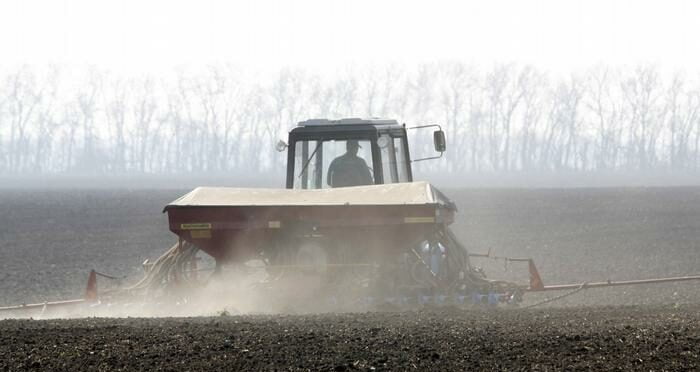
High fertiliser costs threaten farmers amid sanctions on Russia
For several centuries, the Conzen family has farmed in Heinsberg, Germany’s westernmost area, near the Dutch border. Bernhard Conzen farms cereals, sugar, beets, and corn with his son to sell to cooperatives. But, as fertiliser prices rise, the family business is being suffocated.
“The consequences are lethal. The cost of production has risen exponentially “Conzen informed DW that he is also the president of the Rhineland Agricultural Association. “The cost recovery is dubious, and we have huge financial requirements.”
Fertiliser prices had already risen in 2021 due to solid demand and greater input costs, causing food security worries and growing inflation in agriculture commodity prices.
Analysts predicted that the pressure would subside this year, but Russia’s aggressive invasion of Ukraine has pushed up prices even higher.
According to the Food Policy Research Institute, Russia is the world’s largest fertiliser producer, accounting for 15% of global nitrogenous fertiliser trade and 17% of worldwide potash fertiliser exports. In addition, the country accounts for 20% of the worldwide natural gas trade, which is a crucial component in fertiliser production.
Many European and Central Asian countries rely on Russia for more than half of their fertiliser needs. The German agriculture sector imports 30% of its supplies from Russia, which domestic producers, according to local organisations, will not be able to replace in the short or medium term.
“Right now, operating resource prices, like fertilisers, diesel, and feed, are at record highs,” said Johann Meierhoefer, a German Farmers’ Association representative. “Even while producer prices have risen dramatically simultaneously, high prices of these resources represent increasing liquidity demands for farmers and increased risks because farmers are always dependent on the weather.”
As a result, farmers foresee bottlenecks and lower productivity due to the high operational costs.
Food prices on the rise
As energy prices rise and logistical costs rise, consumers will face increased costs, especially as food prices are likely to grow more.
“A portion of this increase will be passed on to the final consumer,” warned Meierhoefer. “It’s important to remember that primary agricultural output has already been running with razor-thin profit margins, so there’s not much cushion there.”
Many German farmers, like Conzen, have already obtained enough fertilisers to last until the current growing season. However, the reliance on third-country suppliers raises concerns about future harvests.
According to the UN’s Food and Agriculture Organization, the global reference price of fertilisers is predicted to rise by 13% by 2023, threatening to raise production costs while lowering yields and outputs for the 2022-2023 crop seasons.
With operational expenses expected to rise further, Meierhoefer believes that the German government should assist farmers by lowering diesel taxes and pressuring EU policymakers to remove tariff barriers on fertiliser imports temporarily.
“It’s also critical to ensure a long-term supply of fertilisers. Otherwise, we’ll have to brace ourselves for significant yield declines over the following few years, ” he added.
Ukraine’s agriculture sector faces war damage.
Prayers from the tropics
The invasion of Ukraine and economic sanctions against Russia have alarmed Brazil’s agriculture sector, which imports 85 per cent of the raw materials it requires to make fertilisers and relies on Russia and Belarus for a portion of that supply.
Brazil is an agricultural powerhouse, with agribusiness exports of $120.6 billion (€109.2 billion) in 2021, up 20% from the last year. However, rising operational expenses and the necessity to locate new suppliers to ensure the following crop’s availability presents a new issue.
“Soybean, corn, and sugarcane alone account for 73 per cent of fertiliser usage in Brazil,” noted Eduardo Daher, director of the Brazilian Agribusiness Association (ABAG).
With enough fertiliser reserves to last four months, Brazil’s agricultural minister Tereza Dias is looking for fresh suppliers in Canada and the Middle East. Dias also led a proposal to the FAO last week that was approved by the Mercosur bloc and requested the exception of fertilisers from Russia’s sanctions due to food security concerns.
“Agribusiness has a major problem all over the world. “Everyone is trying to find new fertiliser providers,” Daher explained. “In the industry, we’re hoping for a quick end to the war and a successful summer season with plenty of rain because inflation will be a major issue.”
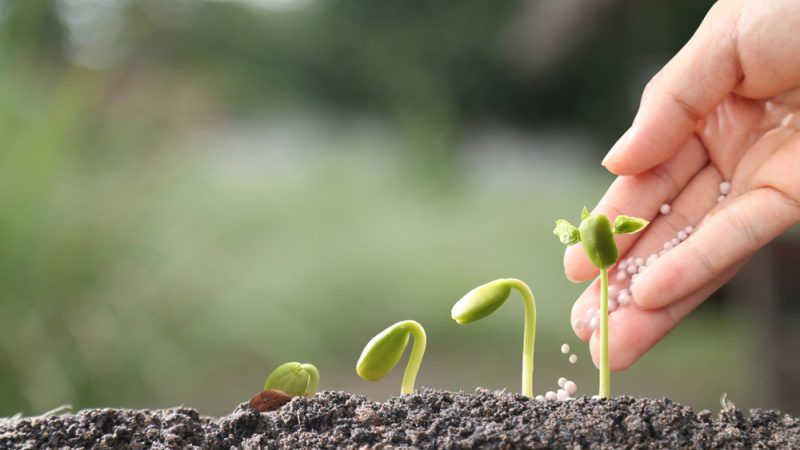
Russia-Ukraine war: India’s pharma, fertiliser firms most vulnerable
According to a report by India Ratings, the Russian invasion of Ukraine will have the greatest impact on India’s pharmaceutical and subsidy-linked sectors, like fertilisers (Ind-Ra).
“Pharma has substantial exports to Commonwealth of Independent States countries, which, along with continuous pressure on generic pricing in the United States, might impact some companies’ profitability,” the rating agency stated.
According to the Fitch Group-owned agency, credit risk is projected to be minor because these firms have little leverage on their balance sheets. “In the event of a prolonged disruption, increased business risks could impact credit.”
Higher food, fertiliser, and oil costs, according to Ind-Ra, are projected to put pressure on the Indian government’s fertiliser and LPG subsidy allotment.
Russia produces a lot of potash and phosphate, which are essential elements in fertilisers.
“If the government does not increase the fertiliser subsidy, the deficit will have to be funded from fertiliser companies’ balance sheets, lowering their credit metrics,” the rating agency said, adding that the credit impact on fertiliser companies is expected to be manageable due to their low leverage.
The agency expects that rising commodity prices will cause small and medium businesses (SMEs) to have a longer working capital cycle, reducing their ability to service loans.
Indirect Impact of Russia-Ukraine conflict
Based on a total debt review of the top 1,400 corporate organisations (excluding oil and financial companies), the Ind-Ra evaluation shows a limited-to-moderate impact on credit.
According to the analysis, median EBITDA margins for commodity-consuming industries might be impacted by 100 to 200 basis points in a scenario where commodity prices remain unchanged, the rupee depreciates by 10%, and borrowing rates rise by 1%.
Compared to expected before the conflict, or under steady-state conditions, the debt at danger would be 1.2 lakh crore higher.
Any significant increase in interest rates, according to Ind-Ra, could increase the EMI burden on borrowers. It stated that non-banking financial organisations have appropriately prepared for standard and delinquent assets and capital buffers to absorb a spike in loan costs.
Ind-Ra also anticipates commercial vehicle financiers to see some credit deterioration in their borrower market as fuel prices rise, affecting cash flow and accounting for up to two-thirds of vehicle operators’ operating costs.
Brent crude, the worldwide benchmark, hit a 14-year high of nearly $130 per barrel on rumours that the United States could impose an embargo on Russian oil imports.
According to the agency, fuel price hikes may not be passed on as the freight rate increases in the case of lower fleet utilisation due to overall weakness in aggregate demand. “In such a situation, borrowers with tighter margins may become late, affecting their lenders’ commercial vehicle loan portfolios.”
According to Ind-Ra, the macro and micro dangers will be determined by the length and intensity of the war. “Although the direct impact on the credits seems to be limited due to limited escalation from the current situation,” it stated, “the ripple effect will be disproportionately higher if the situation aggravates or continues for an extended period.”
Although Ind-Ra believes the domestic banking system has adequate liquidity, this does not guarantee market or balance sheet liquidity for the entire system. “With mounting uncertainty, high energy prices, and cautious capital market sentiments, businesses with a weak financial profile may face financing issues if the situation worsens.”




